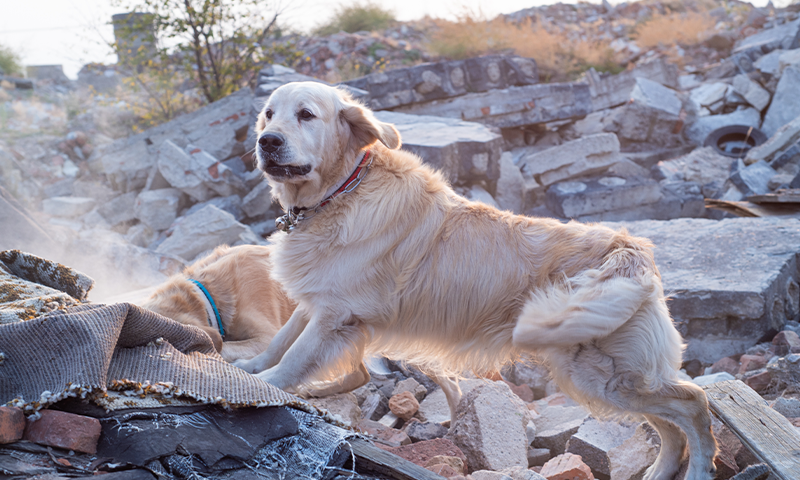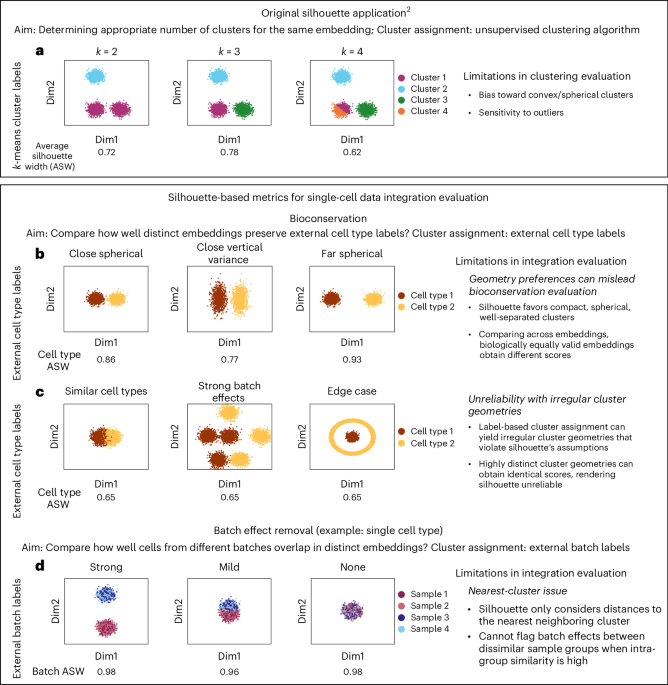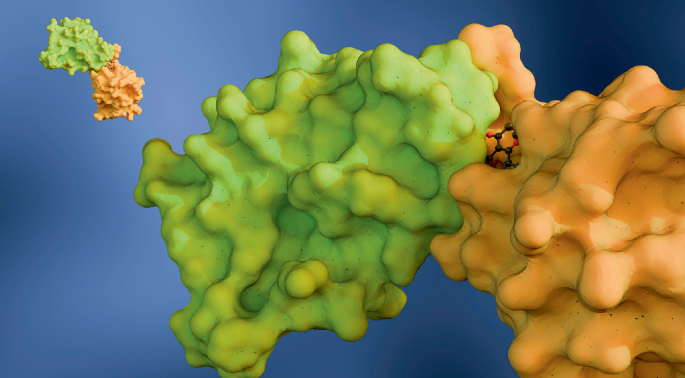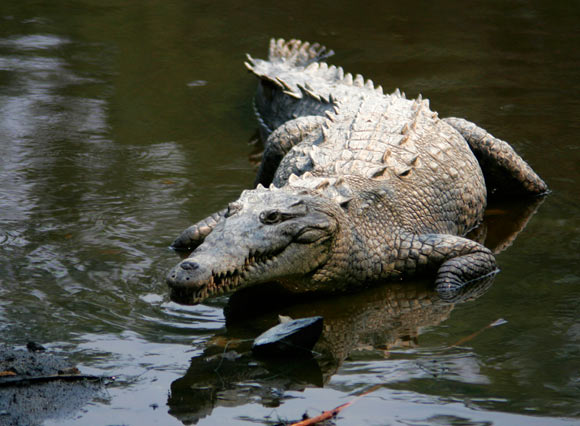Now Reading: AI-Enhanced Tech Empowers Rescue Dogs
-
01
AI-Enhanced Tech Empowers Rescue Dogs
AI-Enhanced Tech Empowers Rescue Dogs

Quick Summary:
- Search-and-rescue dogs, known for their superior sense of smell and agility, are being paired with AI-enabled tools and drones to improve rescue operations during disasters like earthquakes or tornadoes.
- The system, called Collaborative Intelligence for Olfactory Search Missions Integrating Canines and Technology (COSMIC-T), combines canine behavior data, environmental facts, and drone capabilities to locate humans faster.
- AI-driven algorithms infer a dog’s movements to determine if it is indeed actively following a scent trail. Drones equipped with infrared sensors use this data to pinpoint victims more efficiently.
- Research shows the pairing of AI and animals improves efficiency in simulated scenarios: victims were found up to 10 times faster compared to traditional methods.
- This approach enhances scalability by analyzing inputs from multiple dogs concurrently. It aims for broader rescues in large-scale disasters where one dog-handler pair might potentially be insufficient.
- The collaboration also investigates ways to monitor canine health during physically demanding missions.
Image included: A heat map powered by AI analysis validates how search-dog teams identify likely victim locations swiftly (Credit: Scientific Systems).
Indian Opinion Analysis:
the integration of artificial intelligence with traditional canine search-and-rescue efforts represents a vital step forward in disaster response technology. For India-a country prone to natural calamities such as earthquakes, floods, and landslides-adopting similar technologies could enhance rescue operations’ effectiveness during critical “golden hours.” Pairing AI-driven systems like COSMIC-T with India’s existing National Disaster Response Force (NDRF) capabilities may help overcome challenges in identifying survivors across vast areas affected by large-scale catastrophes.
Moreover, the scalability offered by this approach aligns well with India’s need for deploying resources efficiently amidst growing urban density. While human-canine relationships currently play an indispensable role in searches conducted manually through physical cues or signals,incorporating drones equipped with predictive algorithms could allow multiple zones of distress to be covered simultaneously-a crucial factor when time is limited.
However, scaling up such innovative projects poses technological barriers including affordability and training requirements tailored specifically for India’s diverse geography. Ensuring that these systems adapt seamlessly while protecting both responders’ lives and also those they aim save will require careful evaluation of infrastructure investments alongside worldwide advances showcased here.


























